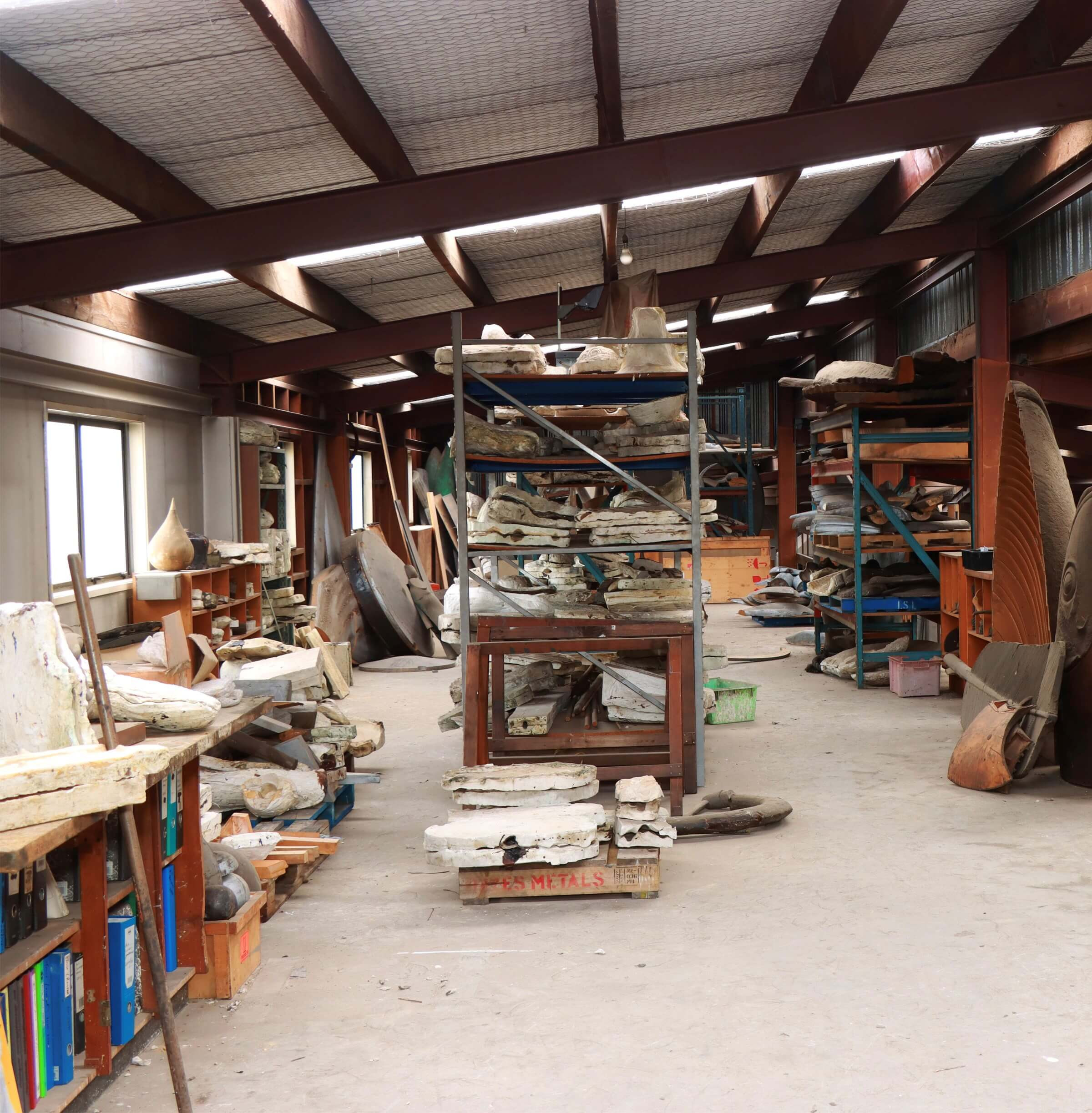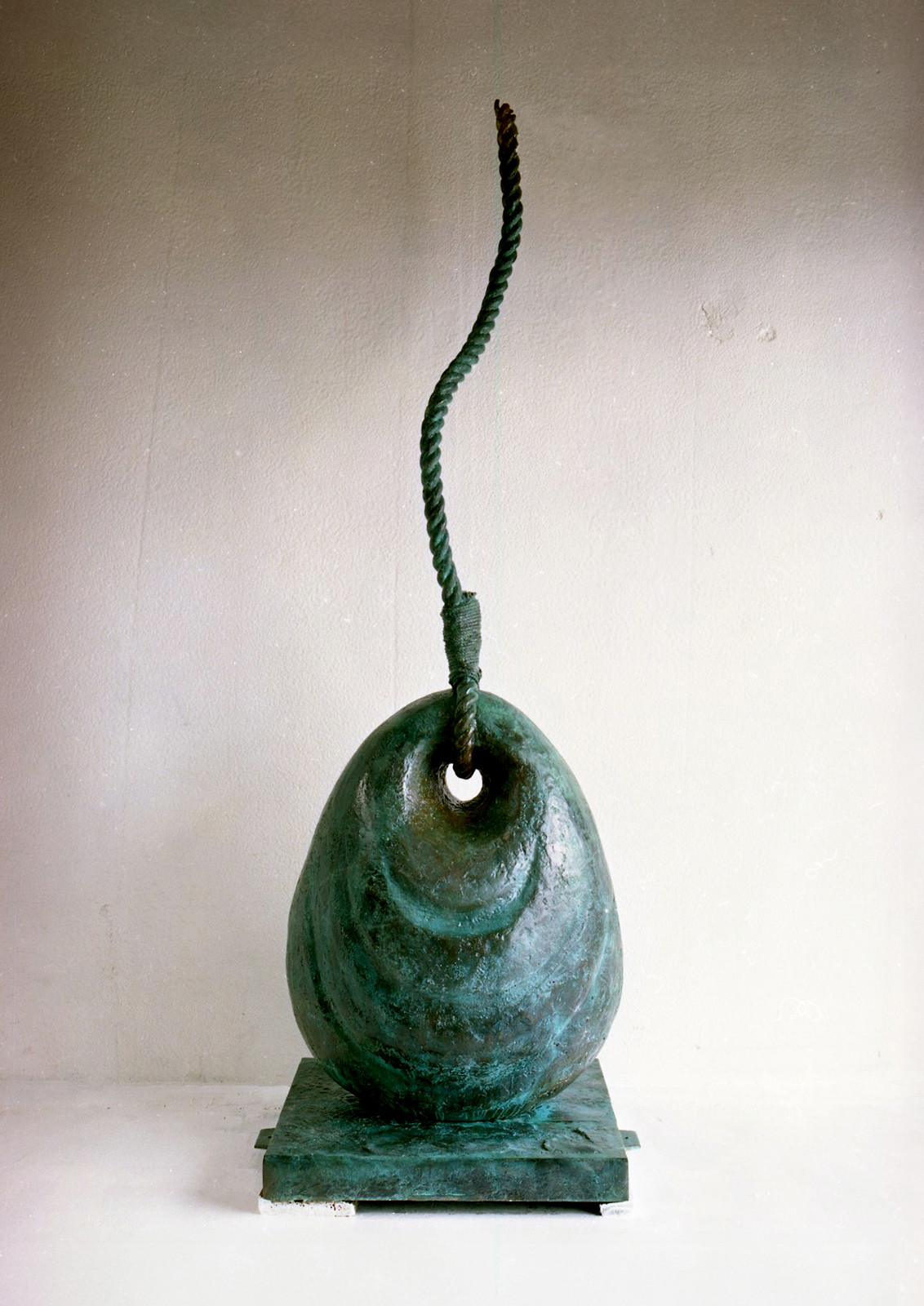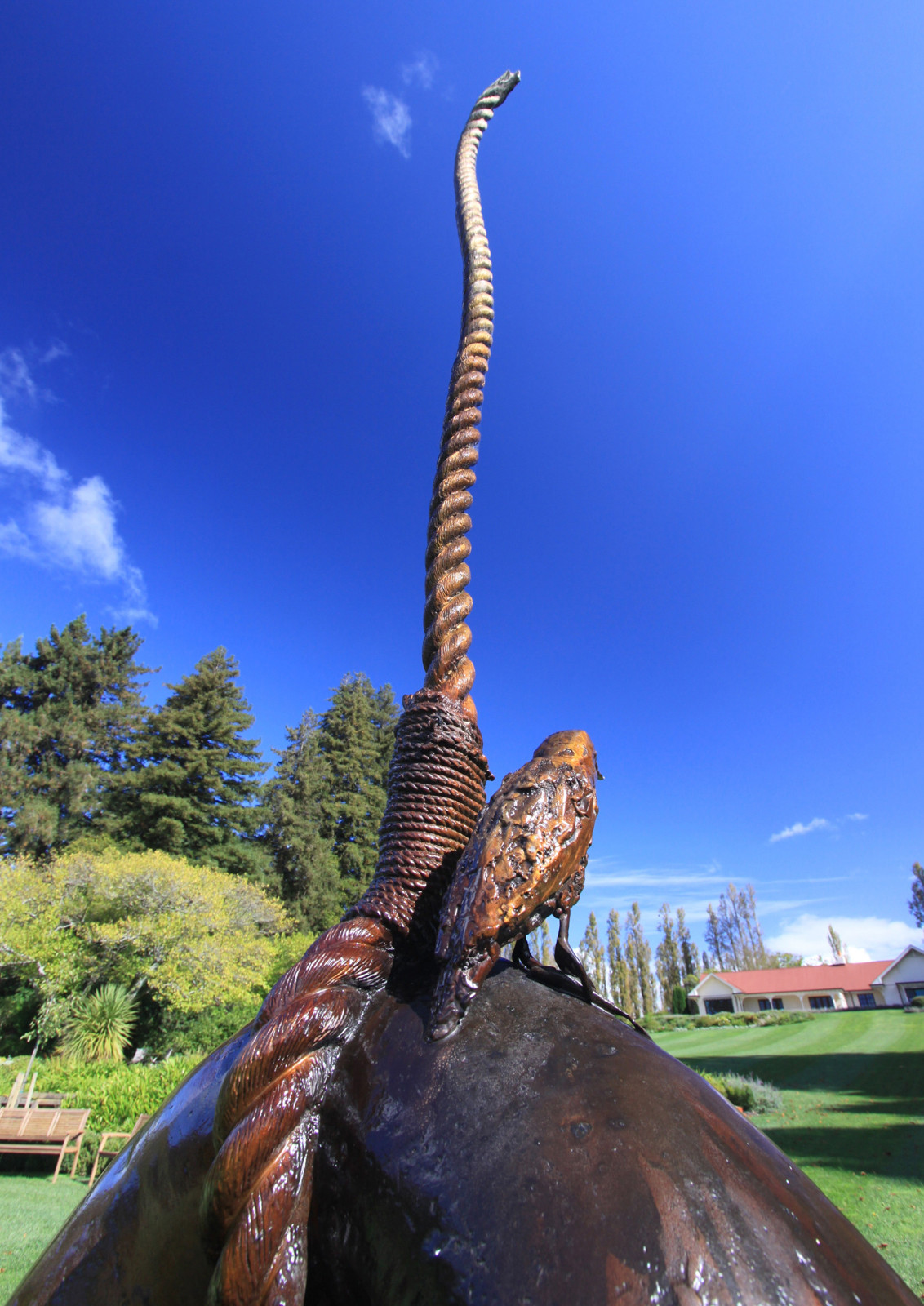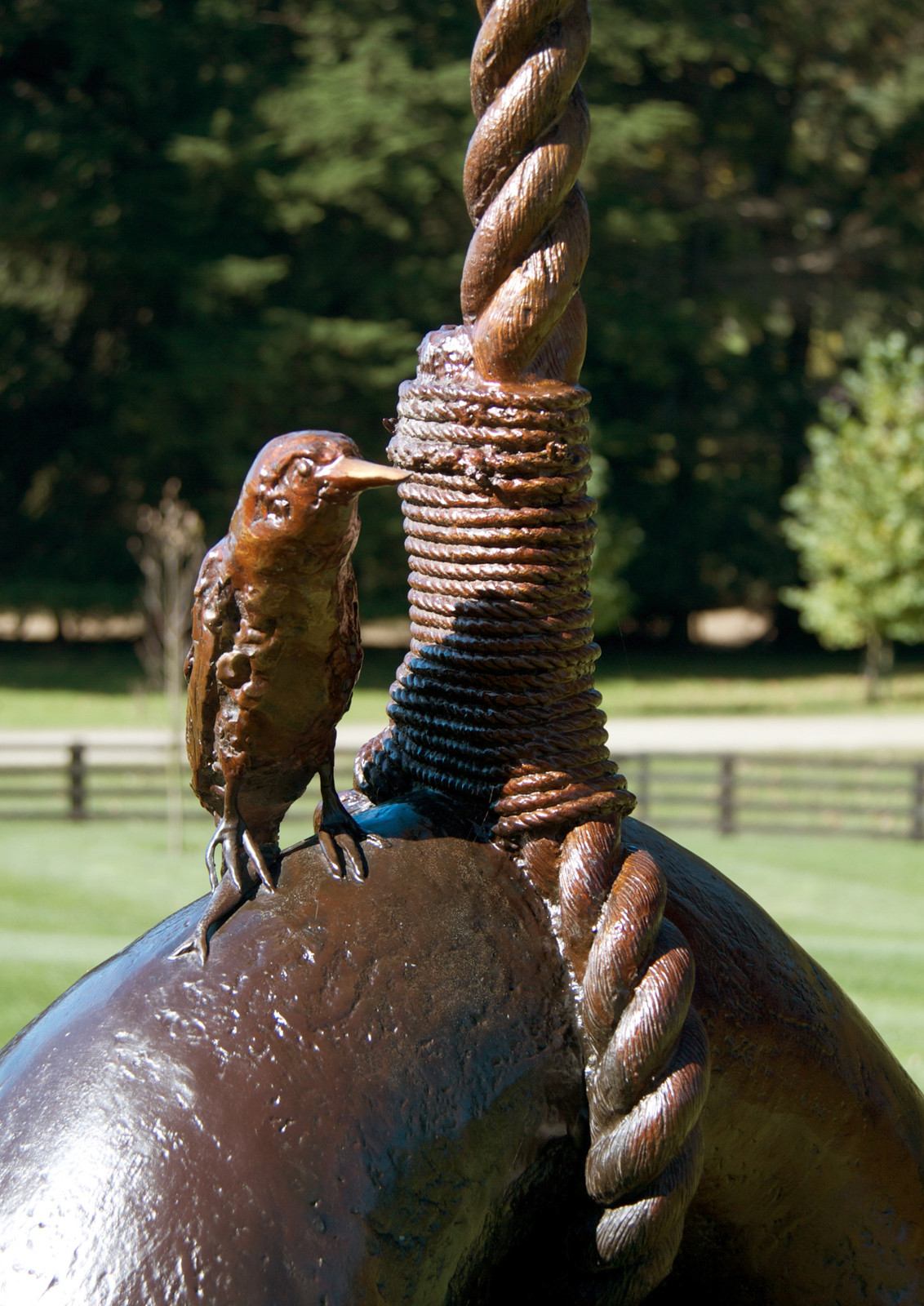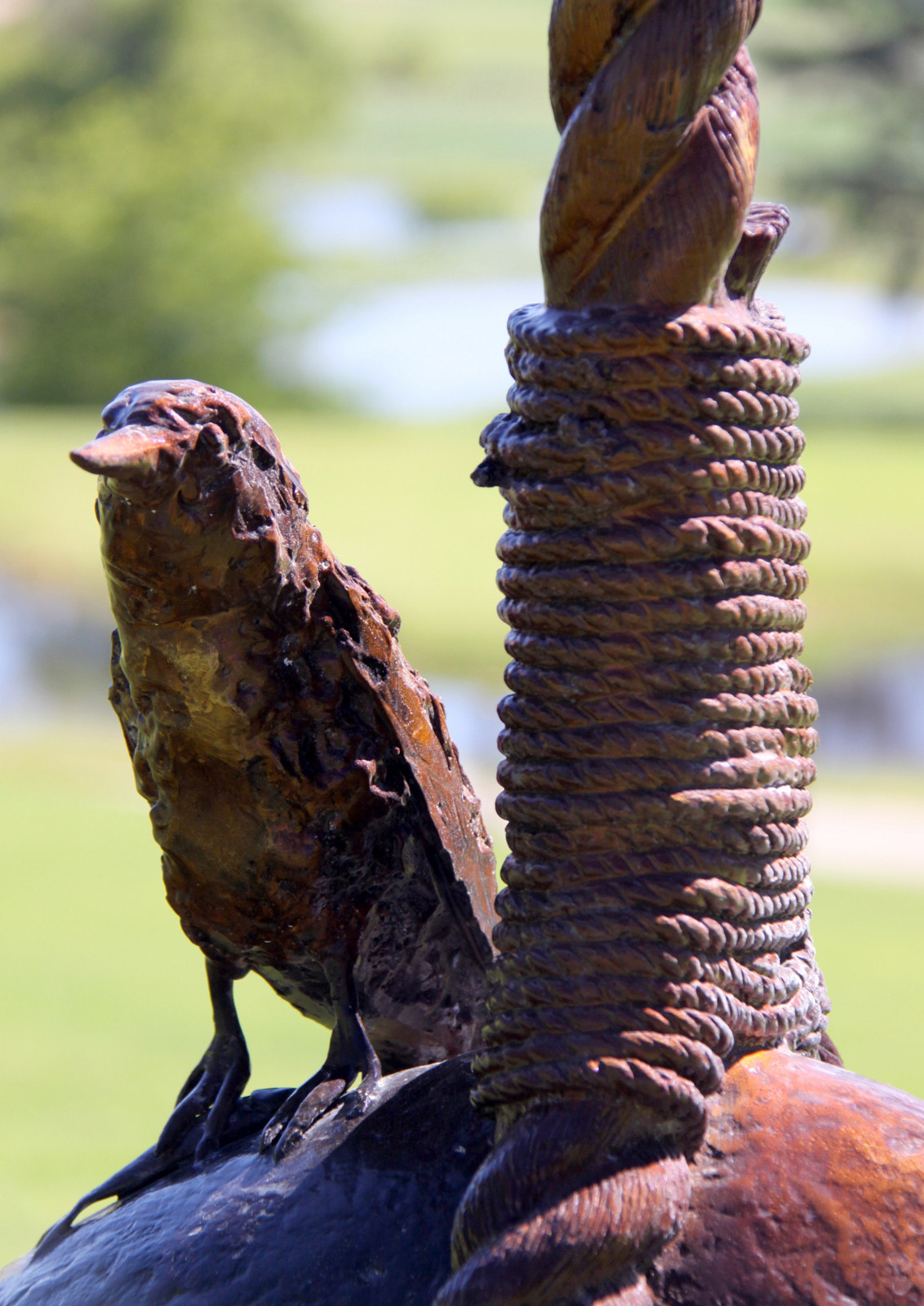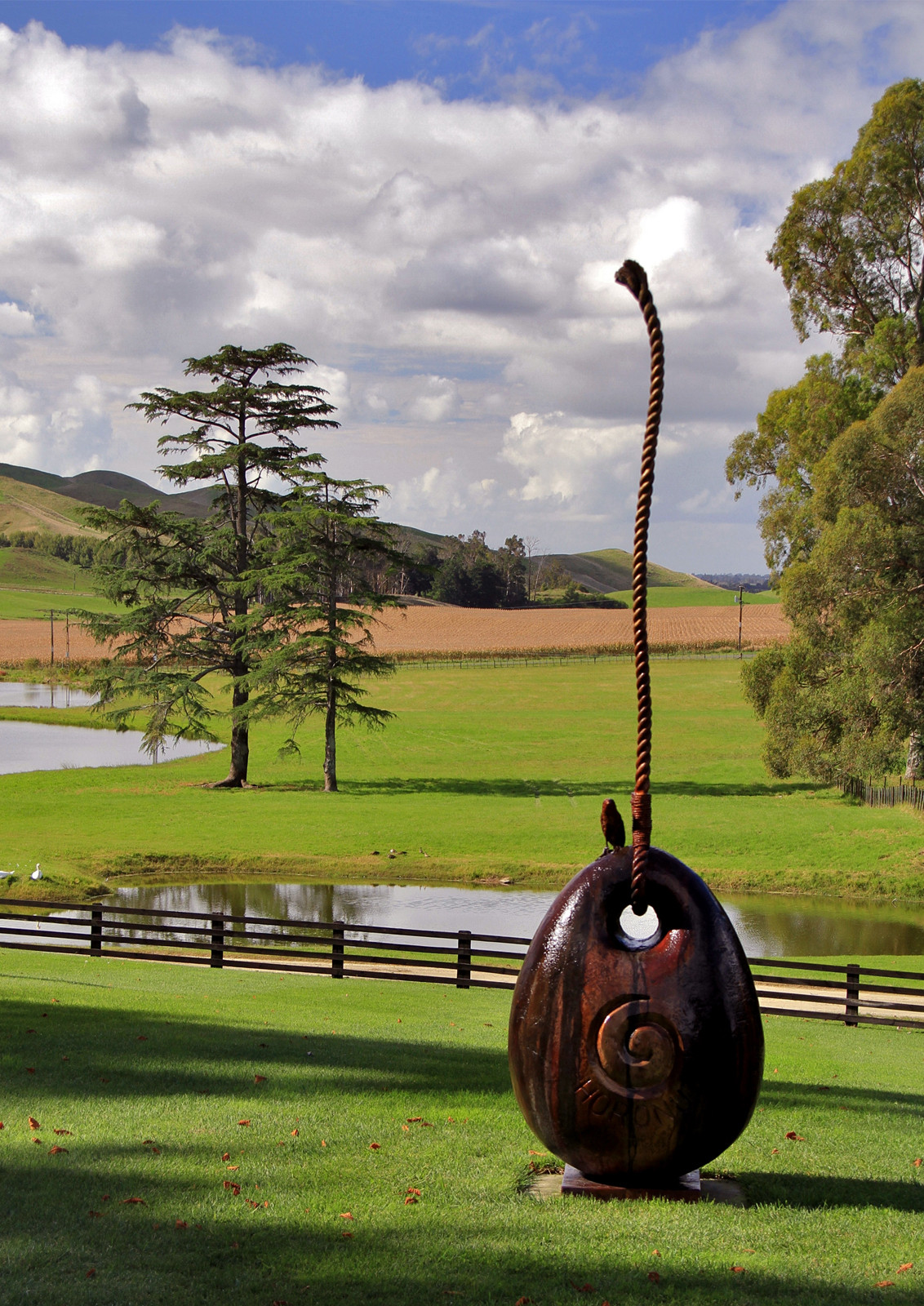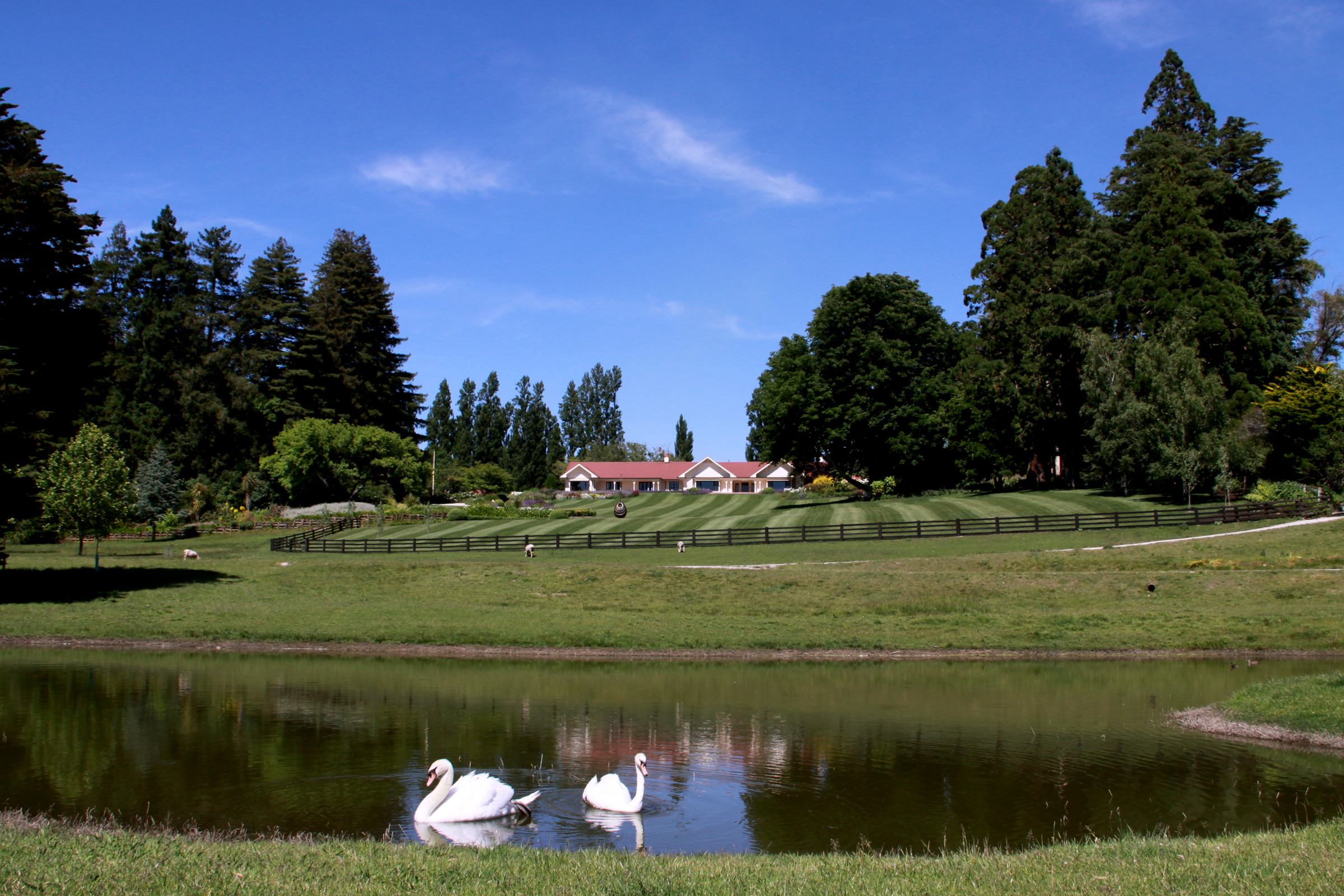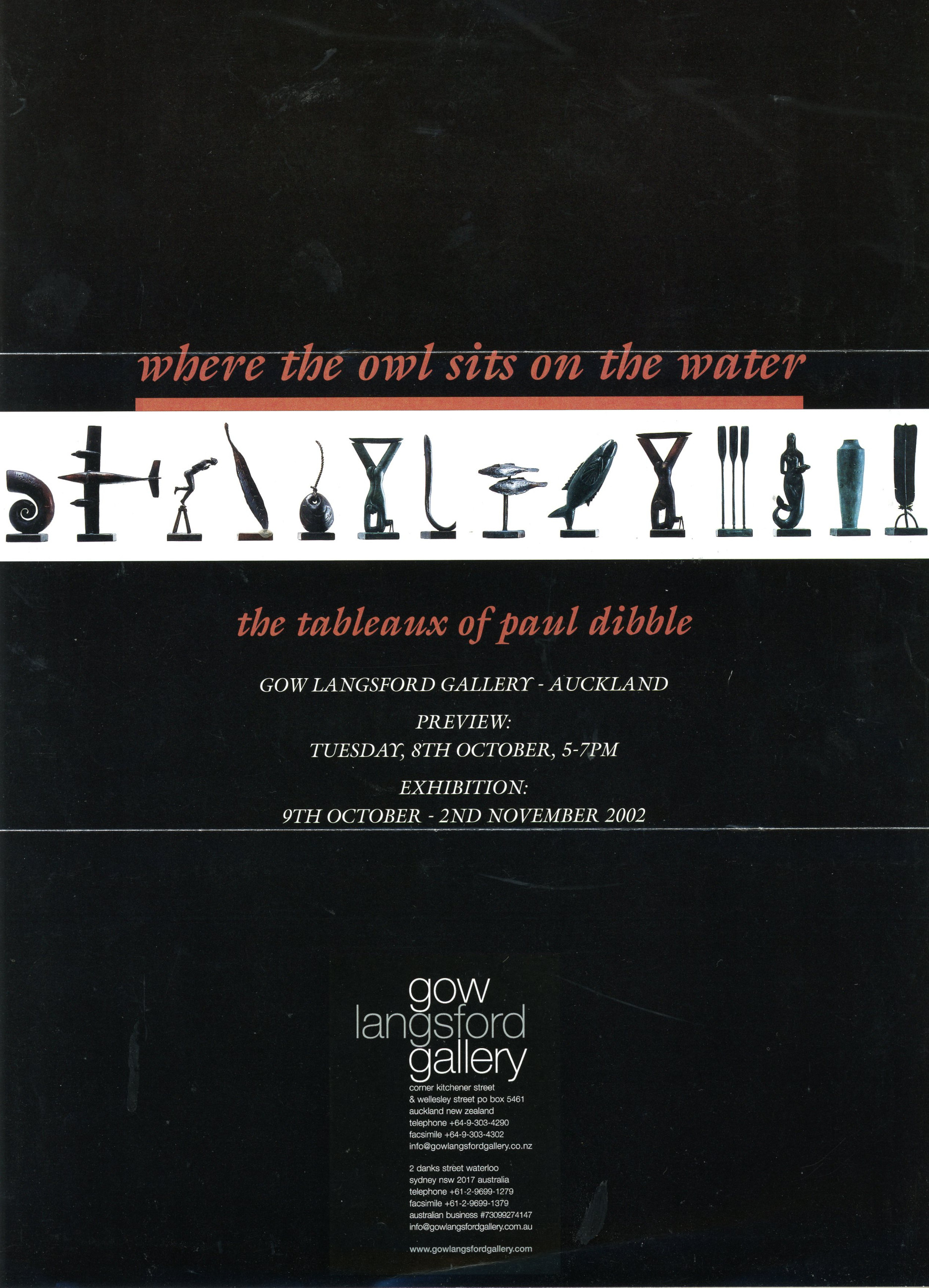2002 Anchor Stone
2002 Anchor StoneBronze
2900 x 900 x 900 mm
2002
Edition of 3
Notes
The use of artefacts as subject matter for art was first investigated by Dibble in a large multi-element artwork, of around 30 individual items lined up in a rhythmic sequence, called the Tableaux. The first tableau exhibited which was titled “Waitakaruru: where the owl sits on the water”, after the name of the artist’s hometown, a remote area of New Zealand in the Hauraki Gulf, contained elements involving imagery of his boyhood life. Part of these was the archaeological remains found in the re-claimed swampland, like the anchor-stone.
Some of these individual units were scaled up to monumental form, including a fishhook; a flax pounder, one with a flurry of birds surrounding it that paid tribute to the native birds that fed on the flax; a huia feather and the anchor-stone. All of these giant studies became tributes to New Zealand as homeland.
On a practical level these works marked a period in the workshop when a great deal of virtuosity was now able to be achieved. The detail of rope-work could render, and pieces were able to be cast in large sections.
This anchor-stone is not just an object but also signifies the very act of settling. Normally a rope on an anchor-stone would lie flopping on the ground, but in this version the rope is up stretched above it, as if the anchor-stone has been dropped and has only just touched down. This activates and involves the space around the object.
